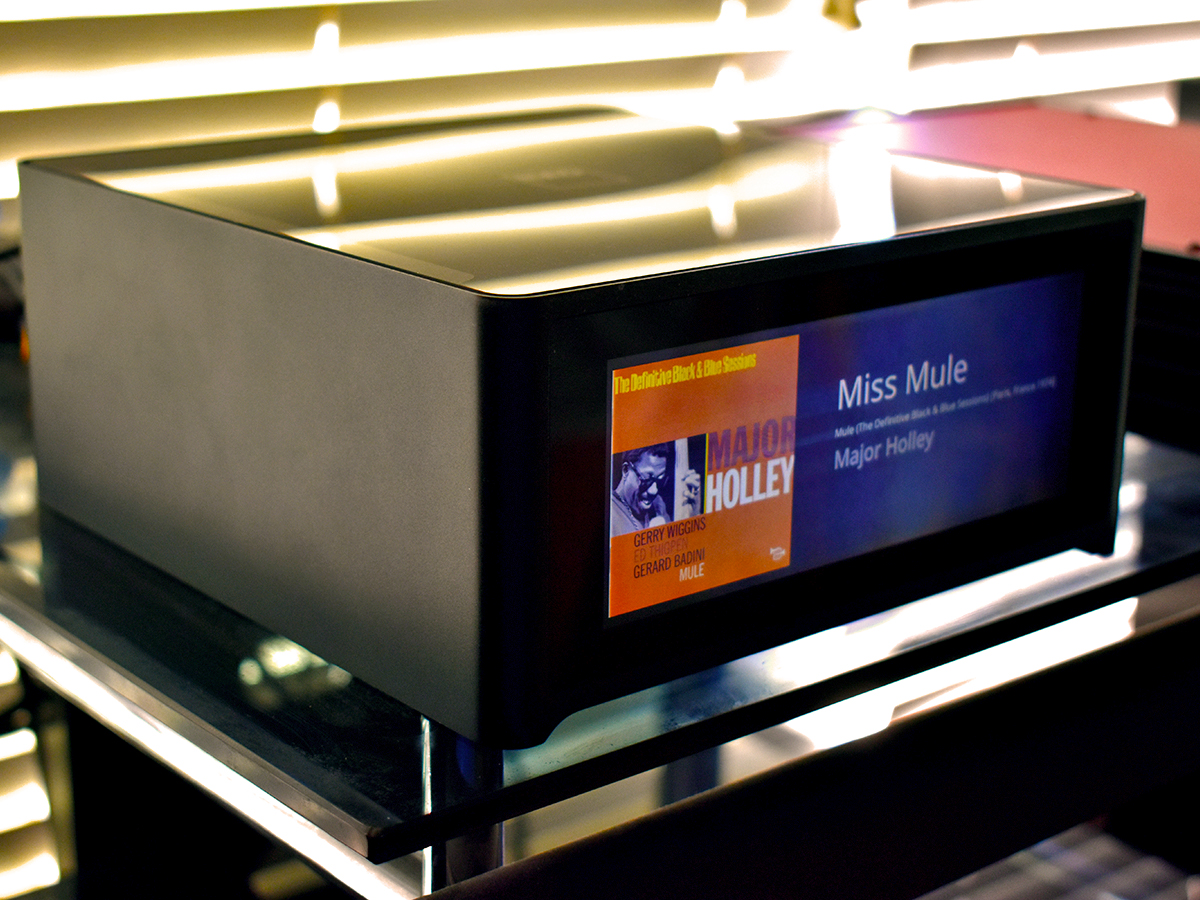......... the unit should be neutral and not change the sound.
I fully agree with Sonnie and I expect that the unit will be neutral and not change the sound.
I remember that a long time ago power amplifiers had clipping indicators but they are not common nowadays... not by chance I imagine

Actually I'm not sure that a listener will identify a 10% distortion, if present for a few milliseconds only, as it happens when clipping.
Without going to that extreme, maybe RELATIVELY high percentages of THD distortion are not audible at all if the duration is extremely short during the reproduction of peaks of a music track... this reasoning leads to thinking that THD+N measurements at the full output are much less relevant than usually thought (as transient peaks in music last for milliseconds and even 10% distortion might be inaudible) while measurements at a low level, on the contrary, are probably more important.
Needless to say, THD usually decreases at levels that are lower than full output during the music peaks.
THD+N measurements also include noise and I think that the noise is different in nature.
There is a great advantage in measuring noise at low levels though... we all can simply check with our ears whether noise is audible or not at our listening position by not playing music.
If we can't hear it, if not eventually putting our ears a few centimeters from the tweeter, than it's not audible.
(With reference to SINAD vs. THD+N this is a thread about the subject in that same forum:
I just spent approximately two hours browsing the internet in pursuit of information regarding the specifications Amir measures. As I am not an electrical engineer and most of the sources I found seemed to be aimed at people in that field or a similar one, I had some trouble interpreting my...

www.audiosciencereview.com

 Flavio
Flavio








